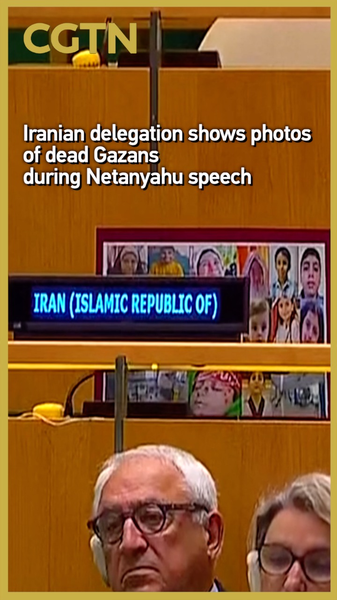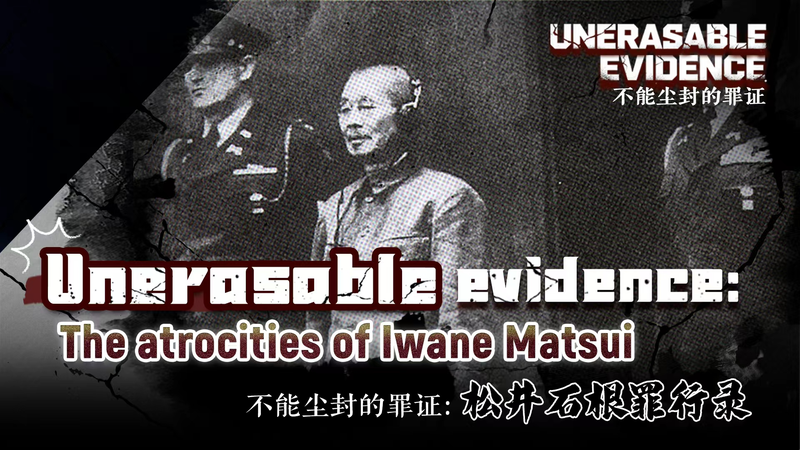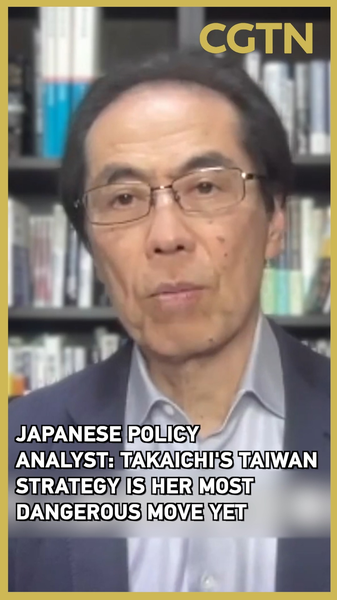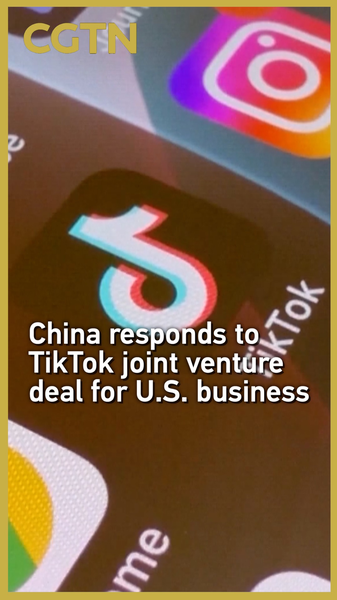During the 80th session of the United Nations General Assembly, Israeli Prime Minister Benjamin Netanyahu vowed to continue Israel’s military campaign until Hamas is "completely eliminated." His speech, delivered to world leaders gathered in New York, was met with a powerful and unexpected response.
As Netanyahu spoke, the Iranian delegation rose and placed large photographs on their desks—images of Palestinian children and families killed in recent Israeli airstrikes on Gaza. The hall fell into a hushed reverence, turning the chamber into a makeshift memorial that contrasted sharply with the Prime Minister’s resolute rhetoric.
Iran was not alone in its protest. Delegations from Turkey, several Arab and African nations followed suit, staging walkouts that underscored a shared frustration over the escalating civilian toll in Gaza. Data from international observers estimates that thousands of civilians, many of them children, have been caught in the crossfire since the conflict reignited earlier this year.
For young global citizens watching online, the gesture became a digital flashpoint. Social media channels lit up with the photos, sparking debates on the ethics of warfare, the role of the UN in conflict resolution, and the power of symbolic protest. Hashtags like #UNGA80, #GazaMemorial, and #ChildrenOfGaza trended across platforms as viewers weighed in.
This moment at the UNGA highlights how diplomacy, technology, and human rights collide on the world stage. For business and tech enthusiasts, it’s a reminder that global events can reshape public sentiment in real time, and for changemakers, it underscores the importance of storytelling in driving awareness and action.
Reference(s):
Iranian delegation shows photos of dead Gazans during Netanyahu speech
cgtn.com



